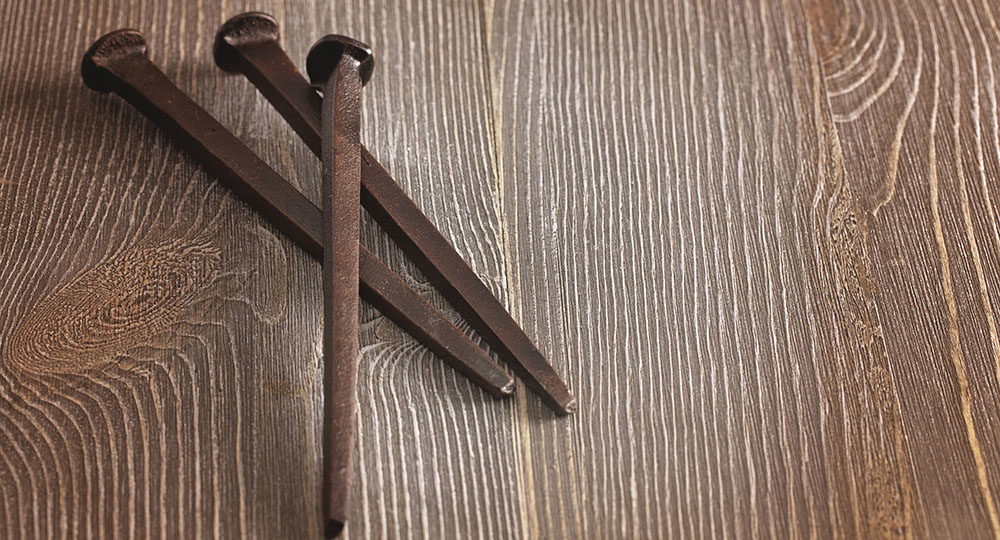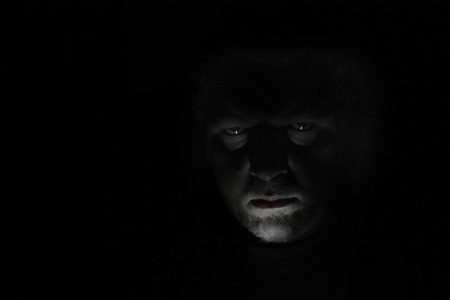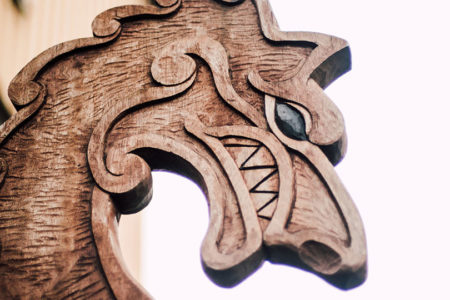Crucifixion: The Exhumed Evidence
The young Jewish victim cringed in agony as the soldier roughly pushed his right heel over his left against the sturdy wooden post. Violent blows from the mallet on the iron nail tore angrily through his flesh. There he hung. Wretched. Crucified on his cross.
Ancient literary sources tell of the frequent practice of crucifixion in ancient Israel. Yet no physical evidence had ever been found, archaeologically, to substantiate this record—that is, not until 1968.
The Jewish historian Josephus, who lived in the first century AD and was an eyewitness to many gruesome crucifixions, characterized this form of execution as “the most wretched of deaths.” Its origin cannot be determined with certainty, but ancient records tell that a primitive form of impaling was practiced by the Assyrians, Phoenicians, and Persians around 1000 .C. By the first century BC, the Roman Empire adopted this method as their own and refined it to a diabolical art.
Rome applied crucifixion extensively. Starting with the suppression of the Spartacus revolt in 71 BC, Rome lined the famous Appian Road stretching from Capua to Rome with 6,000 crucified rebels. In AD 7, a minor revolt in Judea was brutally squelched, resulting in the crucifixion of 2,000 Jews in Jerusalem. During the siege of Jerusalem by Titus in AD 70, 500 Jews were crucified each day for several months. In times of war, crosses were haphazardly constructed, and the victims were nailed to them in every imaginable position.
In peace time, in occupied cities such as Jerusalem, crucifixion was carried out with sadistic formality. The whole procedure was supervised by an official known as the Carnifix Serarum. Once the victim was condemned to be crucified, he was led from the Praetorium to an outside court where he was stripped, bound to a column, and savagely scourged with a flagellum, a short whip consisting of several single or braided leather thongs of varied lengths. The ends of these thongs contained sharp bits of sheep bone that tore into the flesh. The whipping was administered by two legionnaires called lictors. Four legionnaires and a centurion then escorted this grim parade through the narrow streets of the city. At the head of the procession a soldier carried a wooden sign called the titulus, which stated the offender’s name and offense. At a stone quarry outside the city, the offender’s wrists were nailed to the crossbeam. Then he was hoisted up to the top of a stake called the stipe, where his feet were nailed against the upright beam. There he would hang for a few hours or even days until death came. Jewish sensitivities in Judea required that the body not be allowed to remain on the cross overnight; therefore, the offender’s legs were often broken to hasten death, permitting burial to take place before nightfall.
In late 1968, some tombs were uncovered northeast of Jerusalem in an area called Giv’at ha’Mivtar. It was determined that the tombs were part of a huge Jewish cemetery dating from the second century BC to AD 70. Of the many skeletal remains, one, a young Jewish man between the ages of 24 and 28, showed evidence of crucifixion. His two heel bones, coated by a thick calcareous crust, had an iron nail imbedded through them. The nail was about seven and one half inches long, and its tip was bent due to having hit a strong knot in the wood on the stake. Apparently, as surmised, when it came time to remove the victim from the cross, the nail could not be pulled out. Therefore, the executioners had to amputate the feet. When he was placed in the tomb, his heel bones, the nail, and fragments from his cross were buried together with the body. There he rested for nearly 2,000 years. Doctors of anatomy and osteology performed extensive studies on the bones and concurred that the young man had suffered horribly. Later, with honor and respect, he was reburied in a modern cemetery.
It cannot be determined why he was crucified. Perhaps it was for some anti-Roman political activity. The only known fact about this man, scratched on the side of the box that sheltered his bones, was his name, “Yehohanan, the son of Hagakol.”
This discovery confirms the gospel account of Jesus’ sufferings on His cross. He willingly endured “the most wretched of deaths,” so that all who receive Him by faith can possess the most blessed and only means of eternal life (Jn. 20:31; 1 Jn 5:11–13).








